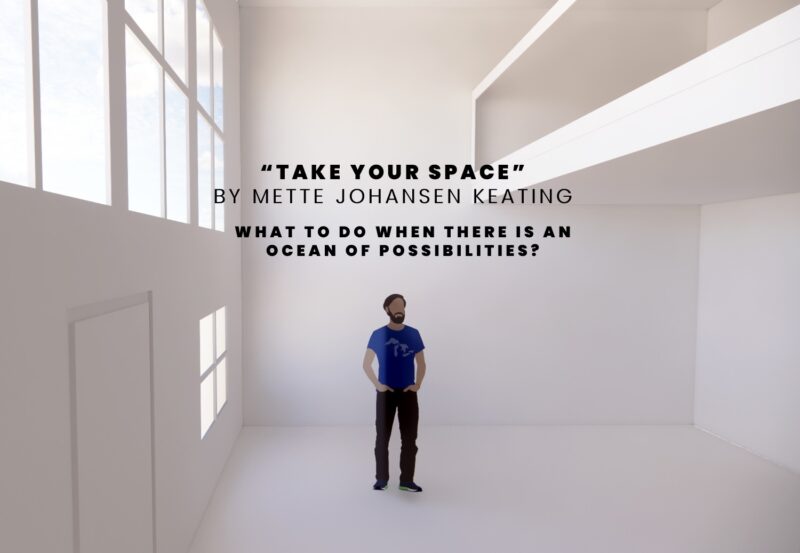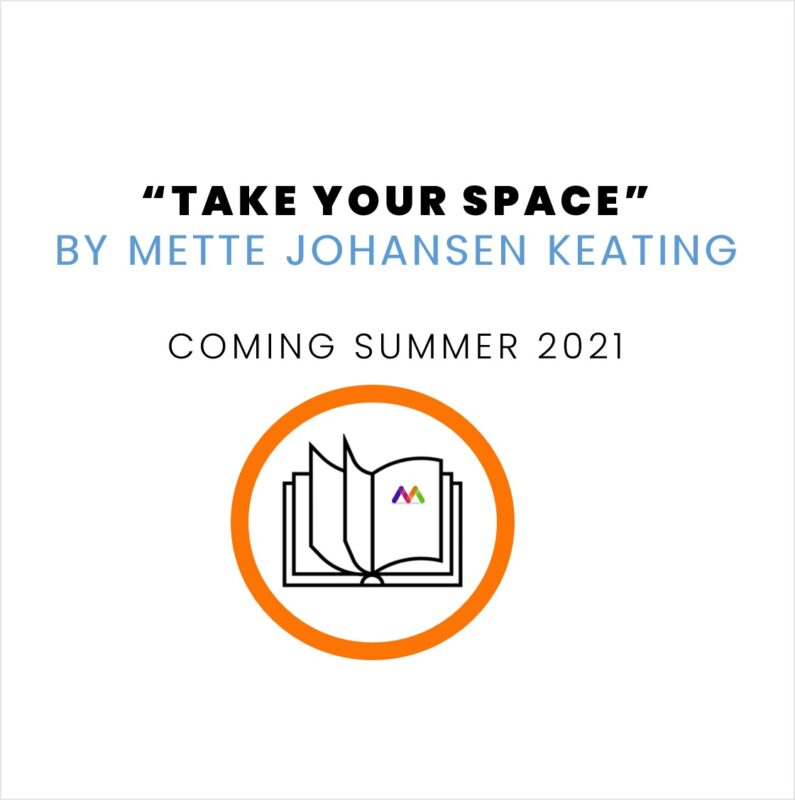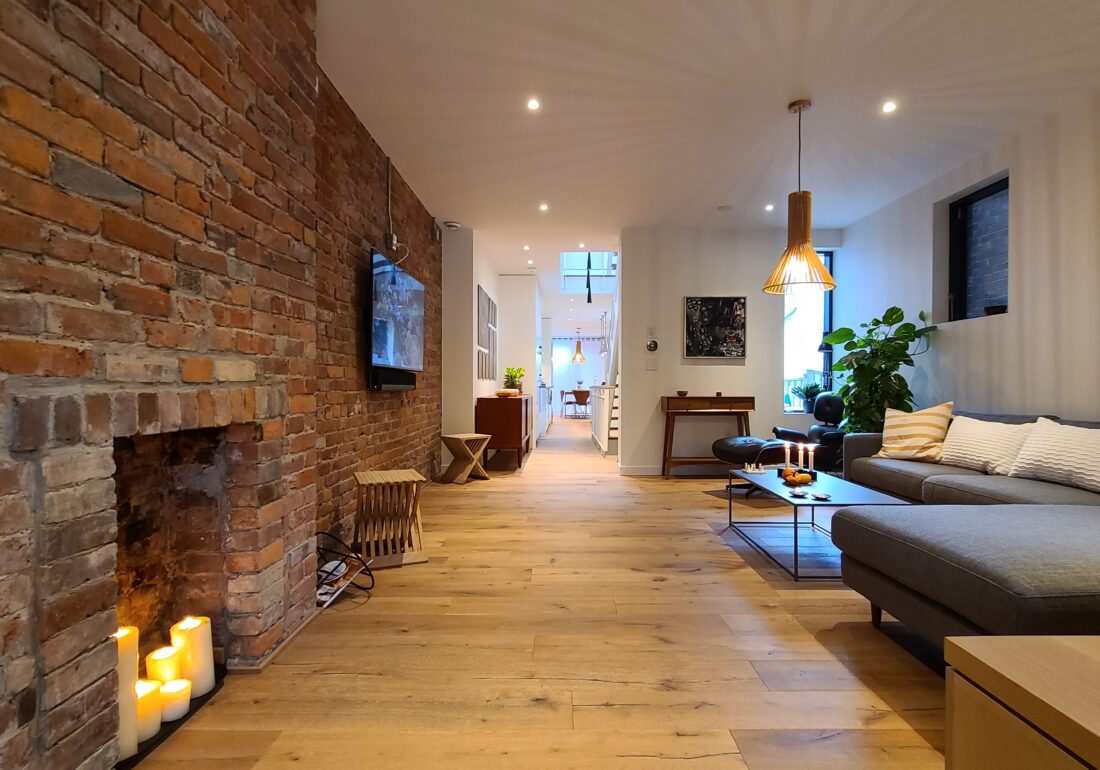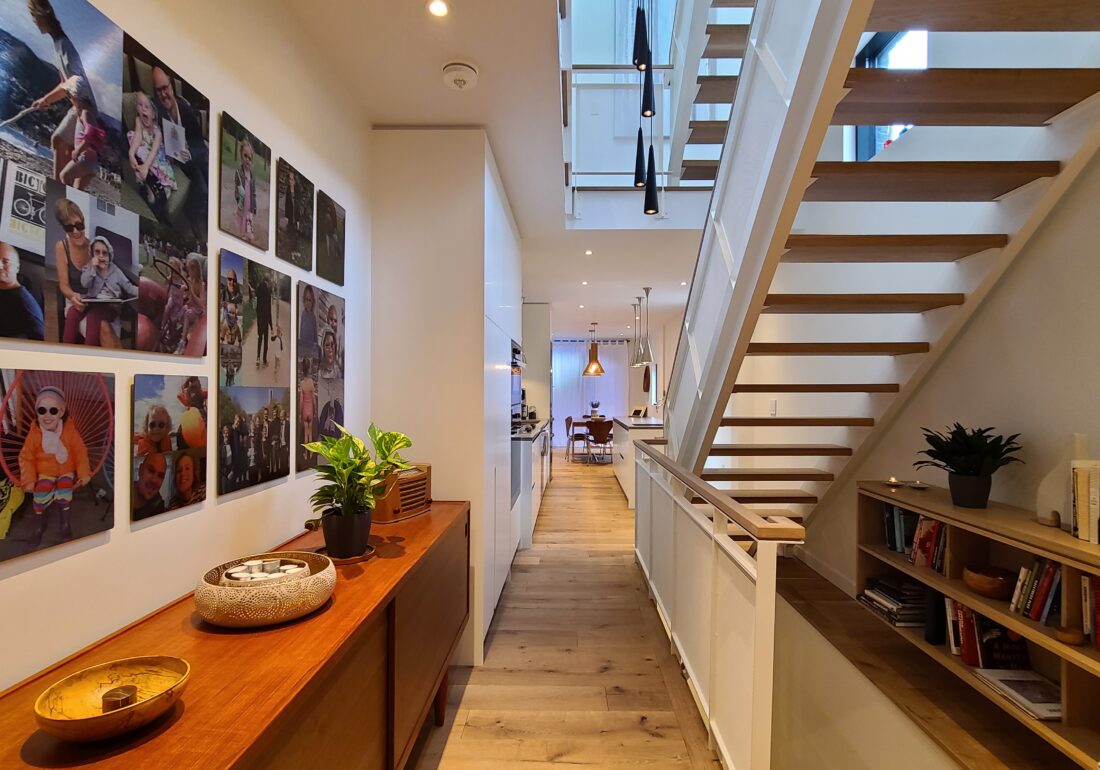Coming soon… Take Your Space
It is with great excitement that I’m posting today news of my book to be released later this year: “Take Your Space”. Below is an excerpt from my foreword and provides some insight into the reason that I feel it’s important to publish a book on the foundational and driving forces of my design philosophy.

From my ‘Forward’ in Take Your Space:
Through the years it has become ever so clear to me how important it is for myself and others that we thrive in our physical environments. Certainly in our homes, but also and just as certainly when we go to school, to work or while visiting others. As humans our sense of being is influenced deeply by the physical environment surrounding us – for example when a room can feel light and friendly or bring us to feel more comfortable and relaxed. When that happens, it is not just our sense of aesthetics that is triggered but our entire nervous system that reacts unconsciously to produce these physical and emotional reactions. We feel at home because of the colours, smells, shapes and light our eyes see and what we sense around us. We feel better when surrounded by or have access to natural environments – just as we absorb and are influenced by other people in the room and their vibe. The way that we influence energy between us and within a room is a wonderfully inexplicable but powerful connection that psychologists, and science generally, have great difficulty explaining.
Space is so much more than an investment in the right furniture, painting the walls with (subjectively) soft, beautiful or trendy colour, displays of renowned artwork or sharing a space with close friends or family. Creating space is complex and also requires consideration of intangibles like vibe, energy and atmosphere.
Psychologically, having our own ‘space’ is a particularly important component in our ability to live authentically and develop ourselves personally or professionally. Space is at once a physical, emotional and a mental environment.
Despite how obvious it is and our recognition of the power of energy in a room it is only very seldom, if at all, that we indulge in a conscious effort to understand it. In the fifteen years that I have spent working with people and physical space design I’ve observed so often that people, while quick to buy new clothes or make changes in other factors of their lives or organizations, neglect consideration of the unlocked value of their physical environments when they feel challenged or have difficulty thriving in life or work. The problem is often that it is so very difficult to recognize and identify exactly what is wrong and even if we have some success identifying issues in our physical environment we cannot answer the question of what to do about it. I’m here to challenge the neglect.
This book is not an interior design book filled with inspirational photos, artwork and other ‘design’ elements for you to meander through and select pieces or ideas that might be installed or copied into your own home or office. It is a book that attempts to create a mindset and philosophy for how we as modern humans design and furnish ourselves with space that sets us up to thrive physically, mentally and emotionally. It considers our central being, our energy, our need for personal space and especially our interaction with others.
And no, the world is not currently in need of another book of feng shui or interior design filled with furnishings, fixtures, the latest trends in art and design or a DIY guide to renovation or interior at home. A quick search on Amazon, cable TV or streaming channels will provide something for everyone’s taste. My attempt here is to help with something more foundational, less subjective and very practical.
Some of the inspiration for my holistic approach to design is a natural extension of how we in the west have engaged and successfully integrated yoga and similar, previously labelled alternative, wellness and human-centered trends to improve life and work. Equally important, my Scandinavian background has an appropriately strong inspirational focus. The merging of these two foundational inspirations became first and at once obvious to me only when I made the move to Canada and recognized what, at the time, were extreme gaps in focus on wellness in the workplace. This was when I realized that my own home and background and it’s long history and tradition for architecture and design along with workplace culture and work-life balance, while natural and existential design components for me, were in fact unrecognized in much of North American culture. Below the well known Scandinavian design values of simple, beautiful and functional, lies a foundational and integral perception of people as free, independent and principally highly social beings.
Recently, the word “hygge” has caught many headlines in North America and throughout the world outside of Denmark and with good reason as the word attempts to describe the epiphany of the moment(s) when the energy between people is at its peak. This word along with other important Danish and Scandinavian cultural concepts we will as well visit in depth within these pages as they form much of the inspiration behind my holistic approach and practical recommendations.
Fifteen years ago, I began to write my first book on architecture and space design. It was based on a Scandinavian interpretation and modernization of Feng Shui (“Neo-Feng-Shui”) and remains in my drawer. The science remains in my toolbox for design with its grounding in balance between materials, colours, light. But having now worked so many years with schools, institutions, homes, leased office spaces in downtown towers and rebuilt industrial buildings I have collaborated with what I term ‘modern leaders’ that have helped me develop a human-centred integration of formerly alternative eastern design philosophies and my native Scandinavian focus on wellness and modern, simple and functional space. The deciding difference in “Take Your Space” is to disregard subjective design principles, trends and taste perceptions that determine human experience, and to put the human experience and our ability to thrive and function at the centre of our approach and make our worlds go round.
We all need to take our space…


